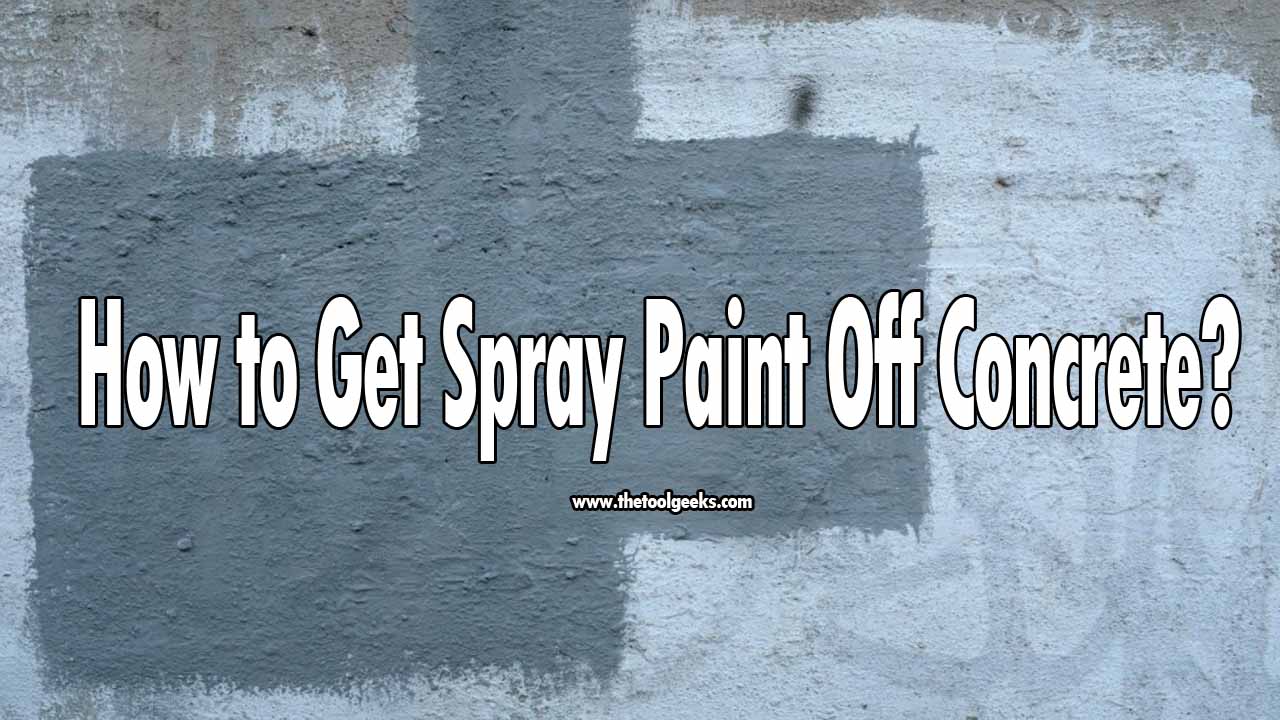How to Get Spray Paint Off Concrete? (DIY Methods You Can Do Today)
TheToolGeeks.com is a participant in the Amazon Services LLC Associates Program and other affiliate advertising programs. We may earn from qualifying purchases. (Learn More).
Getting spray paint stains off concrete surfaces can be very demanding. This is because a paint sprayer sprays paint on the surface through tremendous built-in pressure.
The pressure in the paint sprayer ejects the paint at an amazing speed and force which causes the paint to stick to the surface quickly. So if you accidentally spray paint on a concrete surface, getting it off will require some extra effort on your part especially if the paint has dried off over time.
The good news is getting spray paint stains off your concrete wall or floor is possible. There are different safe and efficient methods that you can use to do that and this post will teach some of the most effective methods on how to get spray paint off concrete
When you are done reading this post, you will become conversant with all you need to know about removing paint stains from concrete. So let’s move on.
Factors to Consider Before Picking a Paint Removal Method
There isn’t a general method or technique for getting spray paint off the concrete. The method that will work for you will depend on a few factors, so let’s check them out.
- The size of the stain. How big is the paint stain? Is it a speck of paint or a big mess?
- Your budget. How much are you willing to spend to get the paint stain off your concrete wall or floor?
- The nature of the paint stain. Is it a new paint stain or has it dried off completely?
- The tools you have available. The tools you have at your disposal will determine the method that will suit your task.
Related Read — Airless Paint Sprayers Review
How to Get Spray Paint Off Concrete?
As stated earlier, there are different methods to get paint off the concrete. Below are the best of the lot, so consider the method that you feel will be the most convenient for you.
Method 1: Use a Scrubbing Brush, Soap and, Water
Whenever we notice a stain be it on the floor, walls, or any object, the first thing that comes to mind is to wash the stain off with soap and water.
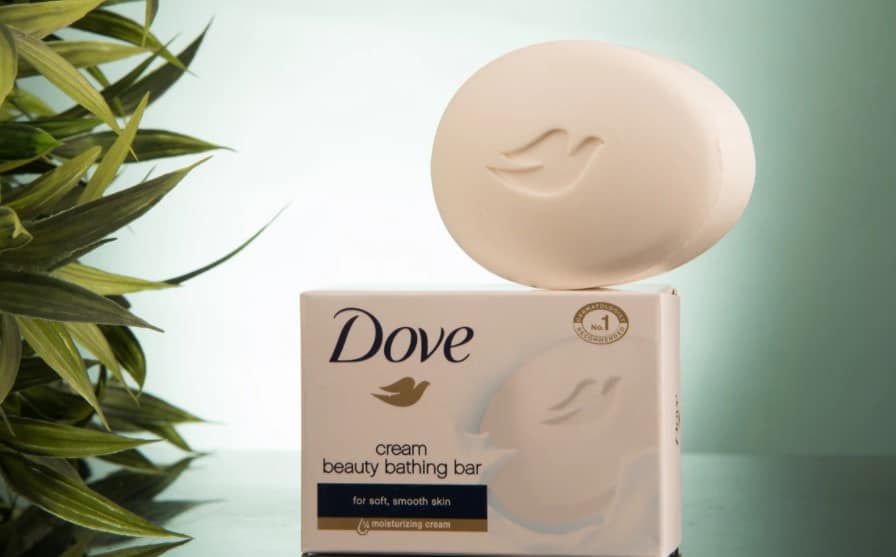
It’s not so different for concrete surfaces. If you notice a paint stain on your concrete wall or floor, the first method to try out is to use detergent or dish soap and water to wash it off.
For this method, you will need:
- A detergent or dish soap
- A scrubbing brush
- A clean rag
- A bowl of water
To use this method, pour a bit of water on the surface. You can use warm water if you please but it’s not a prerequisite.
Then add a bit of detergent or dish soap on the wet surface, and use a scrubbing brush to scrub the area repeatedly till you see the paint coming off.
The paint should start to fade after a few seconds. Then dip a clean rag in clean water and wipe the area. The paint might come off. If the paint doesn’t come off, that means it’s an old stain.
Related Read — Best Paint Sprayers For New Painters
Pros of Using Soap, Water, and a Brush.
- It’s an effective method for removing new paint stains
- It’s a great starter. Scrubbing the affected area with a brush might not get the paint off but it’s a great starter before using other methods. Scrubbing will weaken the paint stain a bit making it easier for other methods to get rid of the paint.
- The method is economical. You don’t need to buy or rent anything because you will most likely have all the needed tools in your home.
Cons of Using Soap, Water, and a Brush.
- This method might not remove old paint stains from concrete.
- This method can be tedious because you will have to scrub manually for a while.
- The method isn’t advised for a new concrete surface that hasn’t cured properly because the brush can damage the floor.
Related Read — Best Paint Sprayers To Spray Decks
Method 2: Use Sandpaper
A lot of painters and carpenters use sandpaper to remove paint and finish from concrete before applying a new coat of finish so this just might work for you.
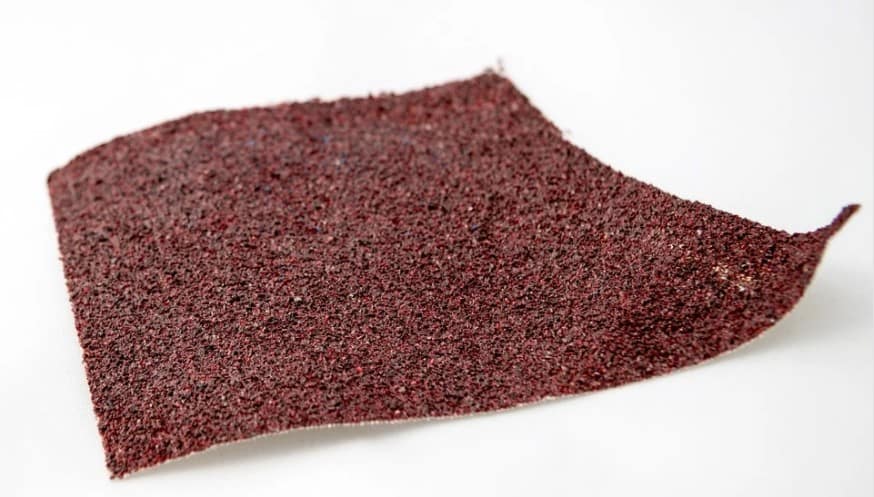
This method involves using coarse sandpaper to sand the affected area repeatedly and then you can use fine sandpaper to finish the area afterward.
For this method, you will need:
- A pair of work gloves
- Coarse sandpaper. My recommendation will be the 80-grit sandpaper or you can go for the 50-grit sandpaper if the paint has affected a large area. If you don’t mind spending extra cash, you can vie for diamond sandpaper.
Due to the tough nature of concrete surfaces, the regular sandpaper might not do much, so diamond sandpaper is usually recommended for concrete surfaces.
But seeing as it’s the paint on the concrete you want to sand and not the concrete itself, the regular sandpaper might still suffice. Ultimately, it’s your decision.
- Fine sandpaper. Fine grit sandpapers are used to finish already sanded areas to leave them smooth and fine. After using coarse sandpaper, the concrete surface might be a bit jaded so you will need to smoothen the area with fine sandpaper. Sandpapers ranging from 120-grit to 220-grit are usually termed fine but you can go for something finer than that if you please. The higher the grit, the finer the sandpaper.
To use this method, you need to put on your work gloves to prevent injuries. Then wipe the area with a rag and start sanding with the coarse sandpaper first.
Rub the sandpaper against the area in a circular motion repeatedly. The paint should start to come off after a few reps.
When you see that the paint is completely off, and then use the fine-grit sandpaper to finish the area so it is smooth and fine. Then you can use a rag to wipe the area afterward.
Alternatively, you can sand the area with a tool. Doing it yourself might prove very tedious so a sander or an angle grinder might be your best bet. Using a tool will also prevent injuries if used correctly.
Related Read — How to Remove Liquid Latex From Carpet
Pros of Using Sandpaper
- Sandpaper is very effective and you are guaranteed that pesky paint stain will come off in minutes.
- The method is economical. Sandpaper is cheap and you can get it at any hardware store.
Cons of Using Sandpaper
- Using sandpaper can leave your hands with blisters and bruises if not used properly.
- Using sandpaper will be tedious especially if you are trying to sand a large area. Of course, you can use an angle grinder or a sander rather than sanding manually but such tools will cost you extra cash even if you want to rent one.
- The sandpaper will most likely remove more than just paint. Sandpaper can be very aggressive. Using one can damage the concrete surface. Eventually, you might need to repair the concrete surface.
Method 3: Use Soda Blaster
An alternative to using sandpaper is using a soda blaster. Soda blasting is a modern alternative to using sandpaper and it works well too especially for stubborn dried-off paint stains.
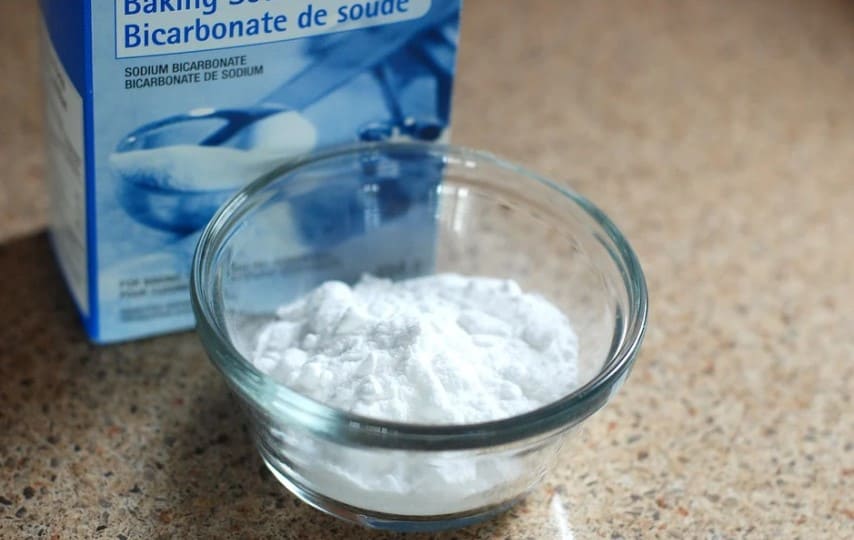
The method involves using industrial sodium bicarbonate (baking soda) to remove the paint stain. The sodium bicarbonate is blasted at high pressure on the affected area and upon contact, removes the paint from the concrete.
For this method, you will need:
- A respiratory mask
- Soda blaster
- Sodium bicarbonate. You might need professional recommendations on this.
- A pair of work gloves.
To use this method, you need to prepare the soda blaster and then apply the sodium bicarbonate to the affected area.
It is usually advised to keep a safe distance from the surface while applying or spraying the sodium bicarbonate so you wouldn’t damage the concrete.
Related Read — How To Fix Spray Paint Mistakes?
Pros of Soda Blasting
- The primary advantage of the soda blaster is that the method isn’t aggressive. If used properly, the concrete surface will be left without a scratch. This is why soda blasting is preferred to using sandpaper.
- It is a great method for removing multiple layers of paint from concrete.
- The method to a large degree is environmentally friendly. Unlike other chemicals that pose a threat to your environment, soda blasting is a safe and effective method.
Cons of Soda Blasting
- Soda blasting though an effective method requires a good deal of experience. This isn’t a method I will advise you to take on yourself if you do not have any experience. Hiring a professional will be your safest bet.
- The method can be a bit costly. When you think about the cost of buying the needed industrial grade sodium bicarbonate, the cost of hiring a professional, and renting a soda blaster, the total price might just put you off.
Method 4: Use a Heat Gun
A heat gun can is another great alternative for removing paint from concrete. The method involves exposing the concrete surface to high temperatures.
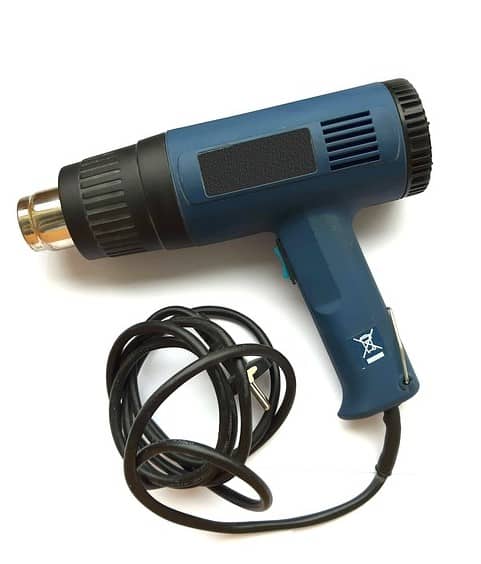
The heat from the gun (which for the record can be over a thousand degrees Fahrenheit) will cause the paint to start coming off within seconds. The paint will start to bubble and peel off itself.
For this method, you will need:
- A heat gun
- A respiratory mask
- A rag
- A brush
- A pair of work gloves
To use this method, use a rag to clean the affected area. Then put on your work gloves and plug-in the heat gun.
Turn on the gun and gently hover it around the affected surface till you see paint bubbles starting to form. Continue the process for a few seconds.
Then use a brush to scrub the area and wipe it off with a rag. If you still see paint on the surface afterward, repeat the process.
If you use the heat gun for about a minute and you can’t notice paint bubbles, you should stop and try another alternative.
Repeated exposure of concrete to hot temperatures without any visible change to the paint can damage the concrete.
Related Read — How To Thin Spray Paint?
Pros of Using a Heat Gun
- It is a very fast method. The heat gun can produce a temperature of over 1000 degrees Fahrenheit. This will cause the paint to bubble and come off easily within seconds.
- The heat gun wouldn’t damage the concrete as long as it isn’t left to hover around the concrete for too long.
- Heat guns are very light tools weighing just about 3 pounds. This makes it easy to handle.
Cons of Using a Heat Gun
- A heat gun produces tremendous heat so it can cause burns and bruises if mishandled.
- Low-quality heat guns can pose a fire threat.
Related Read — How Much Does It Cost to Paint a Boat?
Method 4: Use a Paint Stripper
Paint strippers are on the top of the list when it comes to paint-removal methods. Paint strippers are usually gel-like substances and they are designed specifically for removing multiple coats of paints from surfaces without any damage to the surface.
Paint strippers are chemical products, and there are different types out there, so you need to ensure the one you pick is suitable for your task.
This method involves applying a paint stripper on the affected surface. The paint stripper will remove the paint easily without damaging the concrete surface. Occasionally, you will need to use a brush afterward to scrub the area after using the paint stripper.
For this method, you will need:
- A hard scrubbing brush
- A paint stripper of your choice. Ensure the one you pick is recommended for concrete surfaces.
- A pair of work gloves
- A respiratory mask
- A rag
- A bucket of water and detergent.
To use this method, use a rag to clean the affected area to remove any dust or dirt that can hamper the efficiency of the paint stripper.
Then apply the paint stripper on the cleaned concrete surface. Paint strippers usually require a while to perform their magic which can be a plus for you if you want to multitask or rest a while.
The duration for leaving the paint stripper on the affected surface varies depending on the product you are using.
Usually, it shouldn’t take more than 30 – 45 minutes but some products may require a longer period. The time frame is usually indicated on the container.
The amount of stripper you will use depends on the instruction on the container and the size of the paint you want to get rid of.
After the paint stripper has been left on the surface for the time frame stipulated, use the scrubbing brush to scrub the area repeatedly for a few seconds.
You will see the paint starting to come off easily without much effort. Paint strippers are usually very strong that the paint will just peel off while you scrub.
When you are done scrubbing, clean the area with a cloth and then wash the area. You can also use detergent on the area while washing it for a cleaner concrete surface. When you are done with the steps above, you wouldn’t even notice a single speck of paint when the surface gets dry.
Pros of Using a Paint Stripper
- Paint strippers are usually very effective products and the paint stain wouldn’t stand a chance. The paint stripper will also remove multiple layers of paint in one go.
- Paint strippers do not require any special tools or equipment for using them.
- Paint strippers are relatively easy to use when you compare them to soda blasters.
Cons of Using a Paint Stripper
- Paint strippers can be toxic. The active chemicals and solvents in paint strippers can be harmful to the eyes, skin, and can even cause long term health issues especially respiratory illnesses and nervous system disorders. If the fume from the paint stripper is inhaled in large quantities, the result can be hazardous to the health of the user.
- Paint strippers are time-consuming. Some paint strippers can take well over an hour to work efficiently.
- Paint strippers are usually potential fire hazards. Paint strippers can be highly flammable especially the ones with a high percentage of active solvents.
Pro-tips to Follow When Removing Spray Paint From Concrete
While removing paint from concrete surfaces, the following pro-tips should be followed.
- Always follow the instructions. Adhere to the instructions inscribed on the container and in the user’s manual of whatever tool or product you are using.
- Always use safety gear. Work gloves, respiratory masks, and goggles should always be used especially when working with chemicals like paint strippers.
- Always use products that are recommended for concrete surfaces.
So there you have it. Use any of the methods above to remove paint from concrete surfaces easily. If you have any questions or comments, you can leave them below in the comment section and I will attend to them as soon as possible. Have a nice day.
Amazon and the Amazon logo are trademarks of Amazon.com, Inc, or its affiliates.
